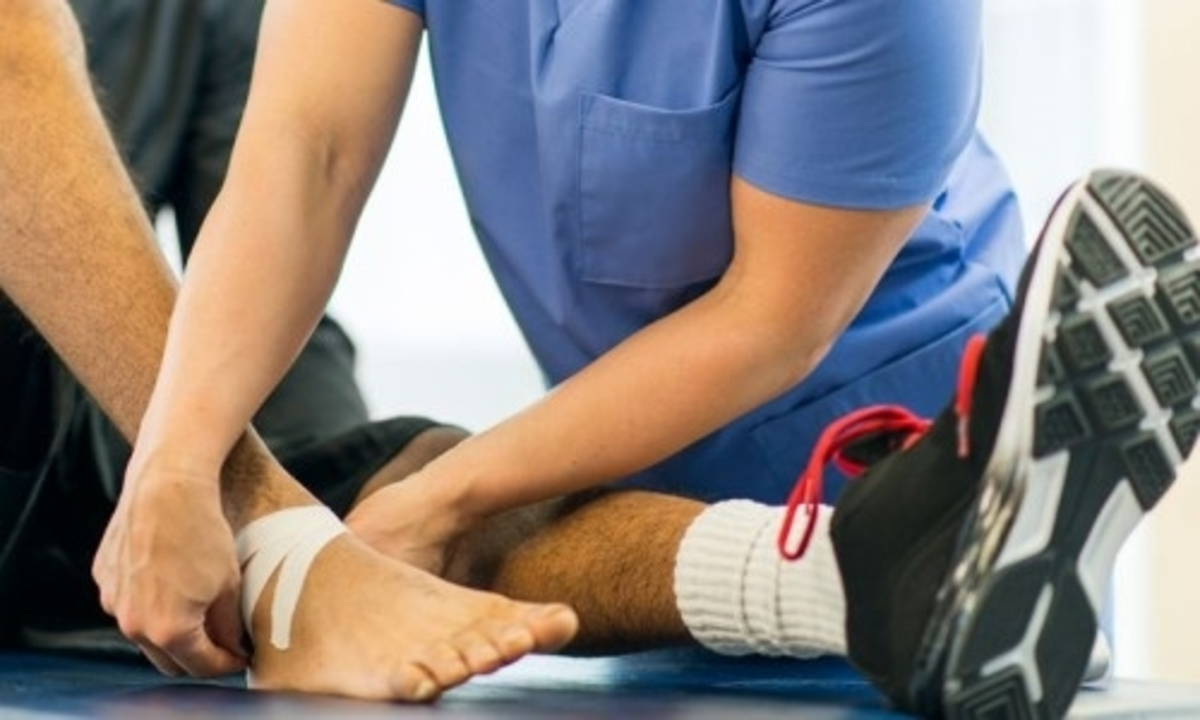Common Injuries: First Aid, When to Seek Help, and Recovery Tips
Hurt yourself and not sure what to do first? Knowing a few straightforward steps can prevent a small injury from becoming a big problem. Below you’ll find clear actions for sprains, strains, cuts, bruises, burns and head knocks, plus simple rehab and prevention tips you can use right away.
Immediate steps: what to do in the first hour
For sprains and strains, follow a simple routine: protect the area, rest briefly, apply ice for 15–20 minutes every 1–2 hours, compress with an elastic bandage, and keep the limb elevated above heart level when possible. That reduces swelling and pain fast. Icing works for the first 48–72 hours; switch to heat only when swelling settles and stiffness becomes the main issue.
If a wound is bleeding, clean it quickly under running water, press firmly with a clean cloth to stop bleeding, and cover with a sterile dressing. Don’t use hydrogen peroxide repeatedly — plain water and soap do the job and are gentler on the tissue. If you can’t stop the bleeding within 10–15 minutes, or the wound is deep or caused by a dirty object or animal bite, see a doctor right away; you may need stitches or a tetanus shot.
For burns, cool the area under running cool (not icy) water for 10–20 minutes, remove jewelry or tight clothing near the burn, then cover loosely with a non-stick dressing. Don’t pop blisters or apply butter, oils, or toothpaste — those can cause infection. Seek urgent care for burns larger than a palm, burns to the face/hands/genitals, or any electrical or chemical burn.
When to see a doctor or ER
Go to the ER if you suspect a broken bone, if a joint looks deformed, or if there’s severe pain that won’t ease. Also seek immediate care for head injuries with loss of consciousness, repeated vomiting, increasing drowsiness, or a worsening headache. For wounds, see a clinician for deep cuts, bites, or signs of infection — redness spreading, warmth, pus, or fever.
Some injuries need antibiotics or specialist drugs. Open fractures, animal or human bites, and some contaminated wounds often require prescription antibiotics. Never self-prescribe antibiotics; talk to a clinician who can pick the right drug and dose.
For sports injuries, early movement is usually better than complete rest. After the first inflammatory phase (48–72 hours), start gentle range-of-motion work and progressive loading — short walks, controlled strengthening, and balance drills. If pain limits progress after a week or two, ask for a physio referral. Physical therapists speed recovery and cut re-injury risk.
Prevention beats fixing. Warm up for 5–10 minutes before activity, use proper footwear, build strength gradually, and pay attention to technique. If you’ve had the same problem before, a short maintenance program of strengthening and flexibility work saves a lot of trouble later.
If you want deeper reading, check articles on sports treatments, specific medications, and safe online pharmacy options in our tag collection. Practical steps now will get you back on your feet — and keep you there.
